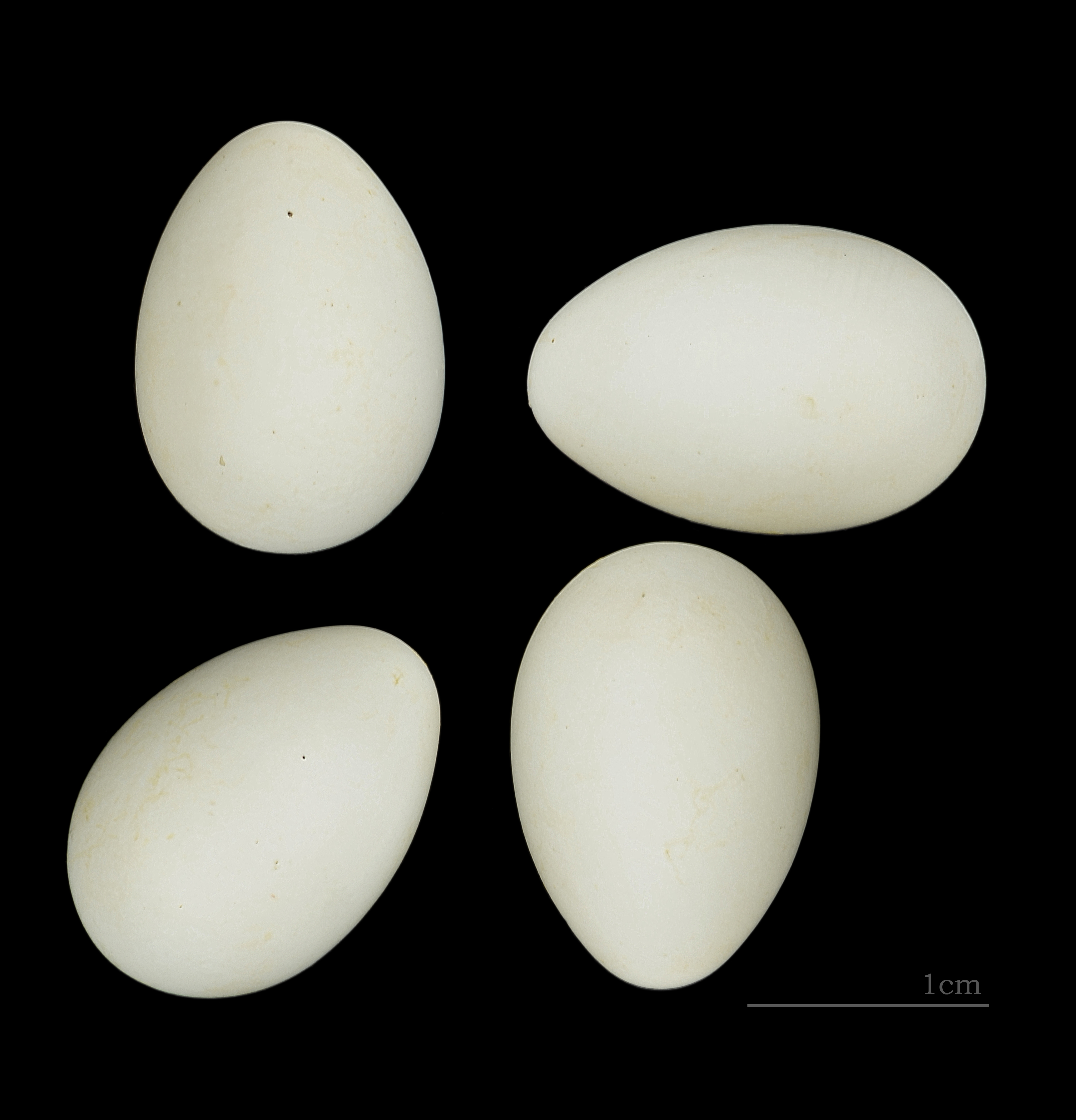Riparia Paludicola on:
[Wikipedia]
[Google]
[Amazon]
 The brown-throated martin or brown-throated sand martin (''Riparia paludicola'') is a small passerine bird in the swallow family. It was first formally described as ''Hirundo paludicola'' by
The brown-throated martin or brown-throated sand martin (''Riparia paludicola'') is a small passerine bird in the swallow family. It was first formally described as ''Hirundo paludicola'' by
Species text in The Atlas of Southern African Birds
{{Taxonbar, from=Q675850 brown-throated martin Birds of Africa brown-throated martin brown-throated martin
 The brown-throated martin or brown-throated sand martin (''Riparia paludicola'') is a small passerine bird in the swallow family. It was first formally described as ''Hirundo paludicola'' by
The brown-throated martin or brown-throated sand martin (''Riparia paludicola'') is a small passerine bird in the swallow family. It was first formally described as ''Hirundo paludicola'' by French
French (french: français(e), link=no) may refer to:
* Something of, from, or related to France
** French language, which originated in France, and its various dialects and accents
** French people, a nation and ethnic group identified with Franc ...
ornithologist
Ornithology is a branch of zoology that concerns the "methodological study and consequent knowledge of birds with all that relates to them." Several aspects of ornithology differ from related disciplines, due partly to the high visibility and th ...
Louis Vieillot
Louis Pierre Vieillot (10 May 1748, Yvetot – 24 August 1830, Sotteville-lès-Rouen) was a French ornithologist.
Vieillot is the author of the first scientific descriptions and Linnaean names of a number of birds, including species he collecte ...
in 1817 in his ''Nouveau Dictionnaire d'Histoire Naturelle''. Vieillot, Louis Jean Pierre (1817): ''Nouveau Dictionnaire d'Histoire Naturelle'' nouvelle édition, 14, 511. It was formerly regarded as conspecific with the grey-throated martin
The grey-throated martin or Asian plain martin (''Riparia chinensis'') is a small passerine bird in the swallow family.
The grey-throated martin is found in open habitats such as farmland, grassland and savannah, usually near water. It is found ...
(''R. chinensis'') under the name "plain martin".
It has a wide range in Africa. It is a partially migratory species, with some populations making seasonal movements. It is usually associated closely with water as its specific epithet ''paludicola'' suggests.
The brown-throated martin is colonial in its nesting habits, with many pairs breeding close together, according to available space. The nests are at the end of tunnels of 30 to 60 cm in length, bored in sandbanks. The actual nest is a litter of straw and feathers in a chamber at the end of the burrow. Two to four white eggs are the normal clutch, and are incubated by both parents.
Its brown back, small size and quicker, jerkier flight separate the brown-throated martin at once from most other members of the swallow family. It is most similar to the sand martin
The sand martin (''Riparia riparia''), also known as the bank swallow (in the Americas), collared sand martin, or common sand martin, is a migratory passerine bird in the swallow family. It has a wide range in summer, embracing practically the w ...
, ''Riparia riparia '', which is its northern counterpart.
The 12 cm long brown-throated martin is brown above and white or pale brown below. It lacks the narrow brown band on the breast shown by the sand martin; the bill is black and the legs are brown. Sexes are similar, but the young have pale tips to the feathers on the rump and wings.
The races differ in size and plumage tones of the upperparts or underparts.
* ''R. p. paludicola'', southern Africa. White underparts.
* ''R. p. paludibula'', western Africa. Smaller and darker above than the nominate form.
* ''R. p. ducis'', eastern Africa. Smaller and darker above and below than the nominate subspecies.
* ''R. p. mauretanica'', Morocco. Small and pale.
* ''R. p. newtoni'', mountains of Cameroon only. Darker above than the nominate form, brownish underparts.
* ''R. p. cowani'', Madagascar. Small, greyish underparts.
The food of this species consists of small insects, mostly gnats and other flies whose early stages are aquatic.
The twittering song of the brown-throated martin is continuous when the birds are on the wing, and becomes a conversational undertone after they have settled in the roost. There is also a harsh alarm call.
References
External links
* Brown-throated martinSpecies text in The Atlas of Southern African Birds
{{Taxonbar, from=Q675850 brown-throated martin Birds of Africa brown-throated martin brown-throated martin